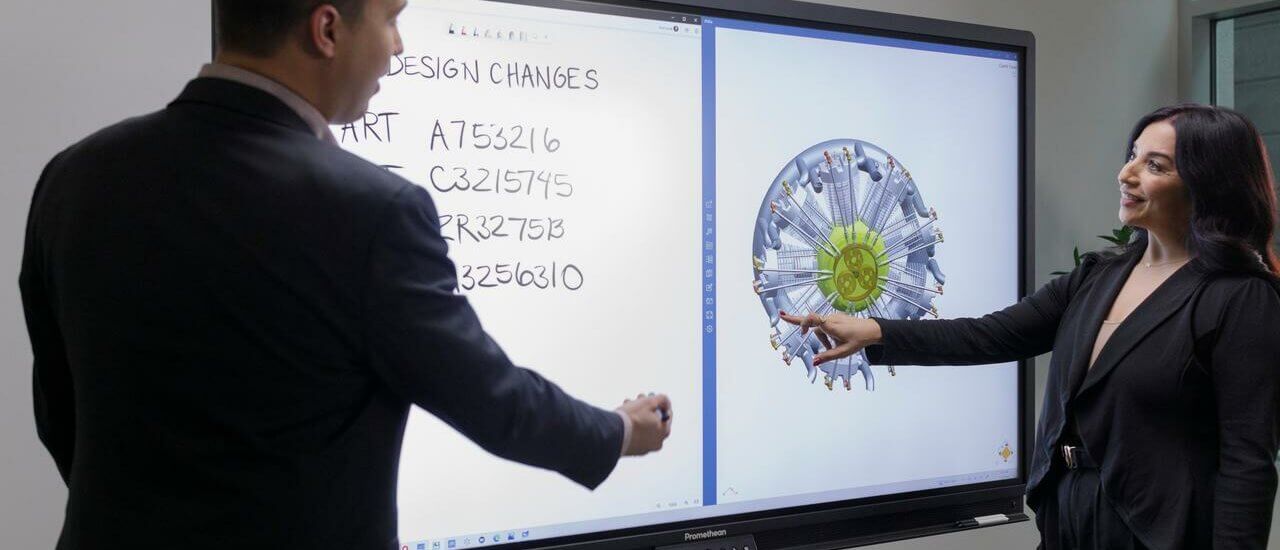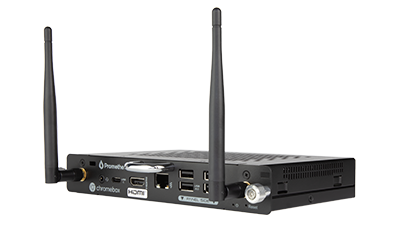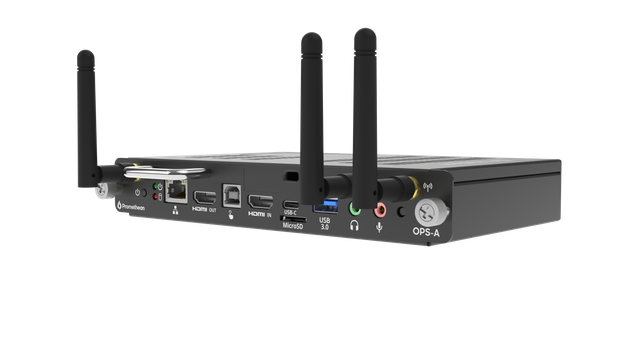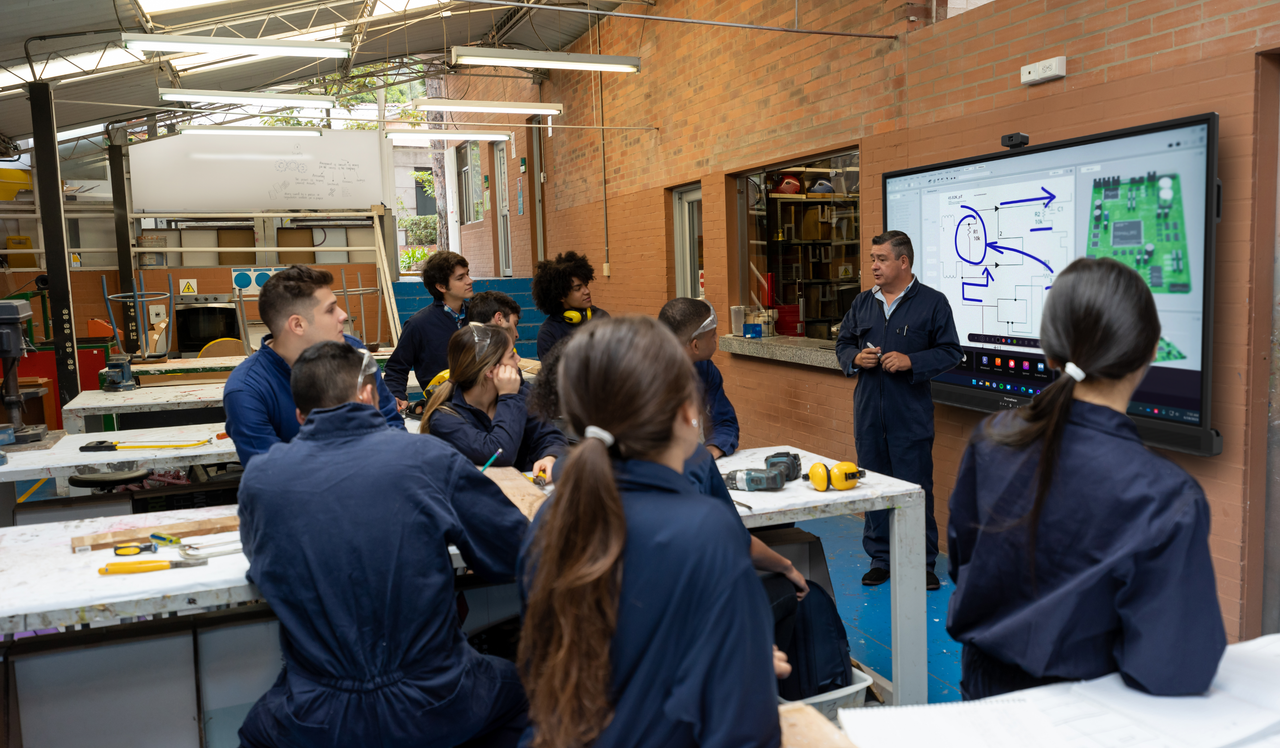Published on June 15th, 2024
How to use the Rose, Bud, & Thorn Activity in the Workplace
15 minute read

Summary
Often, the minutia of a complicated project bogs down progress. In the planning phase, we laser-focus on our part of the job, and we ignore what’s going on elsewhere. Reflecting on it afterwards, we fail to see how other’s work led to our failure or success. We lose sight of the big picture. This becomes a real problem when a team needs a clear idea of what everyone else is doing to make the best decisions. A powerful tool for any time in the lifecycle of a project to get your team on the same page is the rose, bud, and thorn exercise.
Understanding the rose, bud, and thorn
The rose, bud, and thorn exercise is a simple discussion technique that asks your team to break down a problem, situation, or project into three basic elements:
- Rose: This represents the positive aspects. What team members like working on, the potential positive results of the project, breakthroughs made, the successes so far, and so on.
- Bud: This represents things that have growth potential. Ideas for new projects based on information learned in this one, new skills people want to develop further, and opportunities for the organization all fall into this category.
- Thorn: This represents difficulties. Thorns are aspects that team members expect to find challenging, underdeveloped skills needed for the project, tasks that took longer or were more difficult than expected, and the ramifications of failures in parts of the project.
The rose, bud, and thorn exercise works well in many situations, ranging from project planning meetings to team meetings to project reviews and personal reflections. After a project, simply asking a general question like “How do you think that went?” will likely give you a reply of “good” or a shrug. You won’t gain much insight from that. But, if you end your review meeting with a comprehensive list of successes and challenges, you have a lot more insight. One of the key benefits of the rose, bud, and thorn exercise is how it highlights important issues often overlooked with a simple question.
Maximizing input
Think back to the last time you were in a classroom. Were you one of the people who was the first to raise their hand when the teacher asked a question? What about when they asked for an example or illustration of a concept? Or were you the kid in the back who took great notes but got through a semester without speaking in class?
In the professional world, everyone in a meeting will have some degree of expertise. But at the core, we still have the same tendencies we did in school. That’s why it’s important to appeal to different communication styles to get the most out of the meeting. You need to allow space for the hand raisers and quiet note-takers when you run the rose, bud, and thorn.
This brings us to the two major parts of the exercise – personal reflection and group discussion.
In personal reflection, you ask each participant to spend some time recording their roses, buds, and thorns privately. This method is great for analysis and spotting weaknesses and strengths, but isn’t as good for brainstorming or tackling problems that require larger team insight.
In the group discussion, you have members say their answers openly and add them to a collective rose, bud, and thorn list. Team members compare their successes and struggles for a better overall picture of the project. This is also the best way to get input from the whole team and brainstorm new solutions to a problem.
It is important to make sure everyone has the same focus. You need to clarify if you are talking about the project as a whole, progress in the past week, team dynamic, or any other relevant aspect. The more specific you are, the more detailed information you’ll get – but at the cost of time since it takes longer to cover the whole project. In both personal reflection and group discussion, it’s important to use tools that will get the best out of the exercise.
The right tools for the job
Depending on how you run the exercise, you will need quite a few options in terms of tools. Let’s take a look at some approaches to preparing.
Verbal discussion
Simply asking questions to the team in a group setting is the simplest version of the exercise. The team leader asks the group for examples of roses, buds, and thorns related to the discussion area. This method has some pros and cons. For one, there is little to no preparation aside from the questions, and no physical setup is involved. It also appeals to the verbal processor and people who are auditory learners. However, there are major downsides. Unless you are a speedy note-taker or record the meeting for later review, you might walk away without a firm grasp of the overall picture. It also excludes people who can’t retain spoken information and take a bit longer to articulate their thoughts.
Pen and paper
The team leader distributes colored post-it notes, index cards, or colored markers to the team. Each color represents one of the three categories. Then, they ask team members to write down roses, buds, and thorns and stick or write them on the wall. This method requires more prep, and you have to get paper, pens, and a fitting workspace. There are a few other potential issues, like bad handwriting, trying to read an index card taped to a wall from across a room, and the potential to lose the index cards upon completion of the exercise. On the flipside, seeing the information in a grid format can help participants make meaningful connections that they might not have considered otherwise.
Interactive displays & interactive whiteboards
With an interactive display, the team can utilize the whiteboard app to share their individual input into a communal space. During exercises like these, valuable conversations are bound to happen that will not be captured through sticky notes or on the whiteboard. Be sure to turn on audio recording to capture meaningful conversations. Once you have completed your activity, you can save the whiteboard and audio recording to send to the team for next steps. While the price of this kind of display is more than a stack of post-it notes, there are a range of options, and the vast functionality can mitigate a lot of the cost.
Whatever tools work best for your situation, implementing the rose, bud, and thorn follows some basic steps.

Rose, bud, and thorn template
Once you’ve prepared the space and assembled the team, you are ready to start the exercise itself. For this rose, bud, and thorn exercise example, we will build a template with an interactive whiteboard since it maximizes the benefits of both the personal reflection and group discussion sections.
Step 1: Planting the roses (5 minutes)
Take a few minutes to go over how the exercise will work with team members. With an interactive display, you can start the exercise as a personal reflection written on a personal device with relevant files and examples to share on the display for group discussion. For this hypothetical, let’s say they have five minutes to come up with three roses, five minutes for three buds, and five minutes for three thorns. Finally, you need to define the focus. Are you asking for answers about a whole project? The team dynamic? Implementing a new feature on a product in development? The scope is entirely up to you – make sure you focus enough to get the information you need.
Step 2: Growing the roses (15 minutes)
Give the team time to work solo to create the three answers for each category – five minutes for the rose, five for the bud, and five for the thorn. You should keep track of time and let them know when their five minutes are up for each section so they are able to have at least one answer for all three. Presenting questions related to each category on the display would work well here. For example:
Rose: What went well? What are you most proud of? What is something you were able to do that you didn’t know you could?
Bud: What is something that you realized you need to work on? What does the team need to work on developing? Where could a process be streamlined, or did you see inefficiencies?
Thorn: What was the biggest challenge? What resources should have been included? What did you expect to be easy but turned out to be difficult?
It’s also important in this phase to remind them that you are not looking for exhaustive detail at this point. You are just trying to find a general idea of what is working and what isn’t. There will be more time for focusing later.
Step 3: Smelling the roses (10 minutes)
Ask the team to transfer their answers to the interactive whiteboard and organize them in a way that’s easy to follow. Before diving in, you need to think about the mindset of your team. Talking about the roses is a time of encouragement so your team can celebrate their successes. Would your team be better off finishing with that or starting with it? That really depends on the makeup of your group. In this example, we can start with the roses and take the time needed to highlight the good work you’ve done. Each member takes a minute or two to briefly talk about what went well.
Step 4: Tending the roses (30 minutes)
You should then look at the specifics and outline action steps. Start by organizing the buds and thorns by importance. Is the issue an annoyance or something that could wreck the project? Make a list of problems that need addressing ASAP and those you can deal with later. You can also use labeling features to rank issues by how difficult they are to deal with.
Follow up by brainstorming some specific, actionable steps. Ask how to take advantage of these opportunities and solve these problems. Don’t leave anything off the table.
You could offer training, consider changing company protocol, or add support. You can organize the suggestions on the display based on how much work each will take.
Finally, decide what each team member will tackle from that list of action steps. By now, you should have an overall map of the opportunities and problems facing your team, and members can take the tasks that play to their strengths.
The rose, bud, and thorn exercise can help companies pinpoint problems and highlight what’s working well. With the right tools, your company can reap all the benefits of its offerings.
Want to see how interactive displays can take your team meetings to the next level?
Request a free demo of the Promethean ActivPanel to see how it could enhance your workspace.
Recommended articles:


















